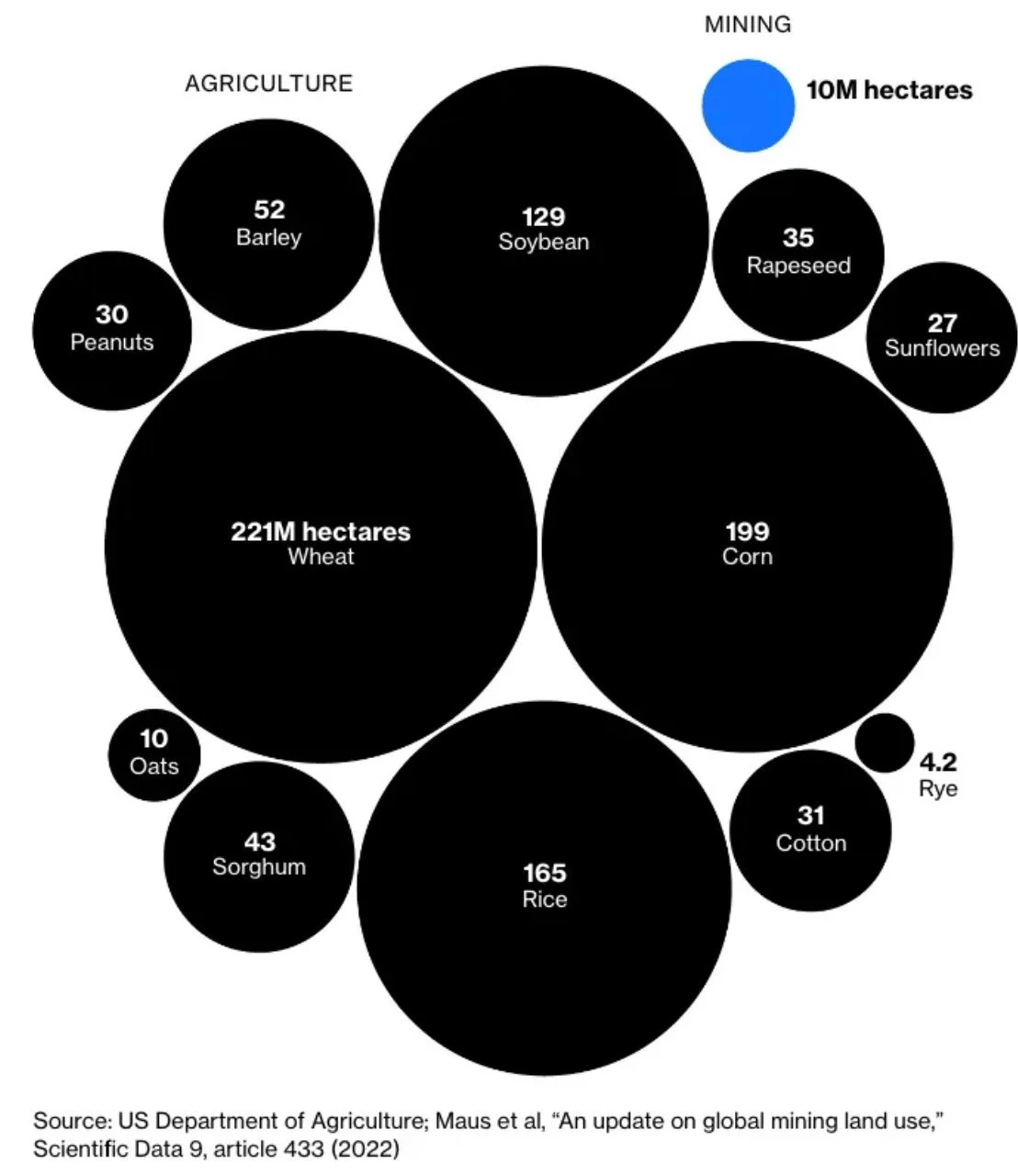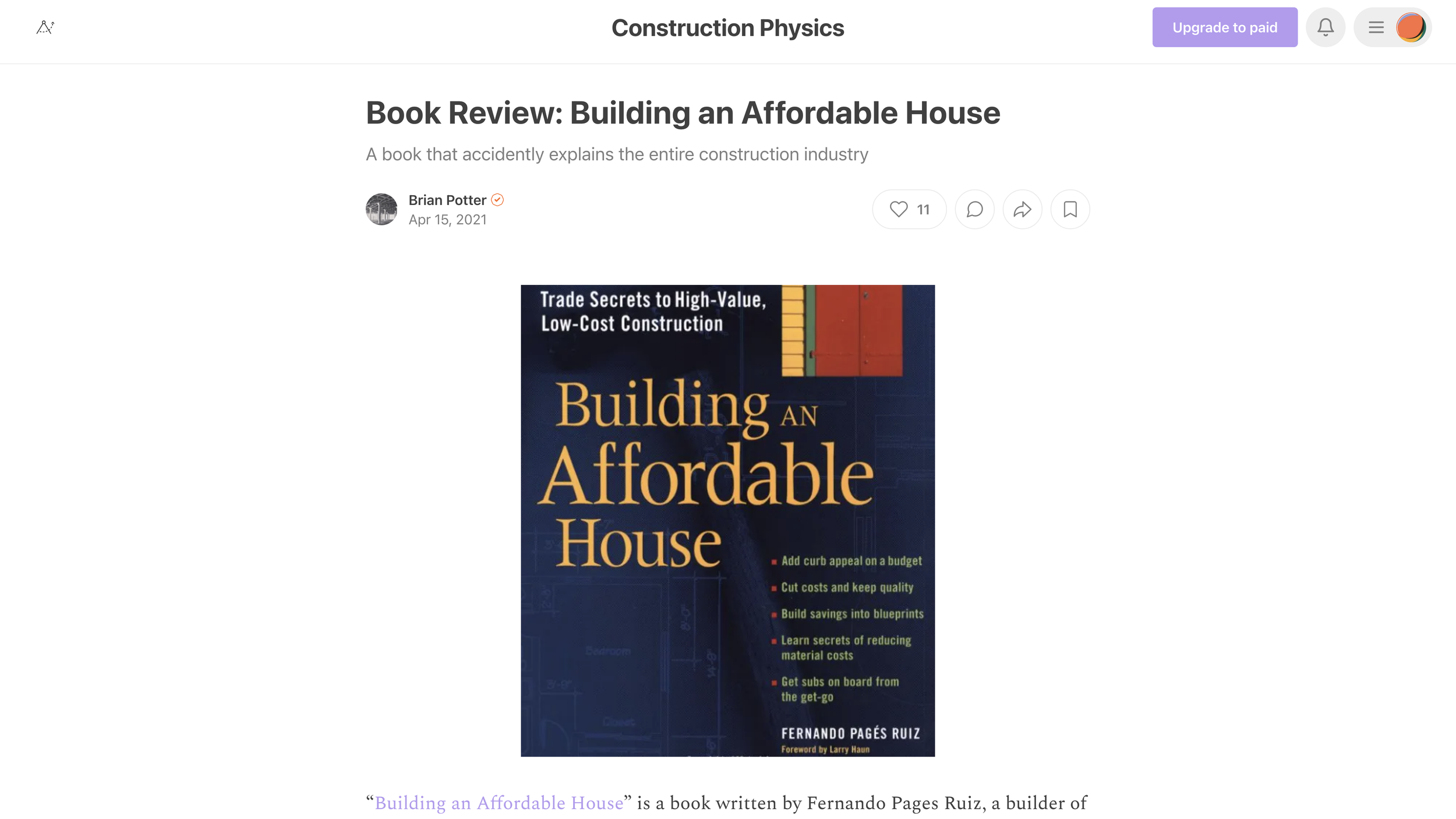Before the last couple of years, inflation had been low (and reasonably steady) for long enough, it wouldn’t be surprising if even important economic actors now didn’t fully understand that for economic decisions, they should be paying attention to real interest rates, rather than nominal interest rates.
Take the tech sector, for example. There are many possible reasons for the end of the Second Tech Boom that Noah Smith talks about here. But higher interest rates are not a good reason, unless someone, somewhere, despite having a high IQ, fails to understand real versus nominal interest rates. Whatever the business model for monetization that a tech company pursues, the revenues—and ultimately profits—from that monetization should go up an extra amount from any general rise in prices. So for a venture capitalist, what should matter is what the interest is compared to inflation. The interest rate compared to inflation can be calculated as the usual concept of the interest rate—what economists call the “nominal” interest rate—minus the inflation rate. The usual nominal interest rate minus inflation is called the real interest rate. You can see the equation above. “r” stands for the real interest rate, “i” stands for the nominal interest rate and the symbol for pi stands for the inflation rate. (In economics, the symbol pi doesn’t always stand for 3.14159… It is more often the traditional symbol for the inflation rate, and only occasionally stands for 3.14159.)
There is no indication that the real interest rate is going to be all that high in the future. I have been tweeting that the Fed might well have to raise rates to 7% by sometime in 2023, which would be a considerably higher rate than the market seems to expect. But with core inflation running at 6.3%, that would be a real interest rate of only 0.7%. (“Core inflation” is the rate of changes in prices other than food and energy prices. The reason to take out food and energy prices is that they bounce around so much that what they do in any given month can mislead you about what it means for prices in the next few months.) I wouldn’t be surprised if a higher level of national debt (as measured in years’ worth of Gross Domestic Product) raised the long-run real interest rate somewhat compared to its very low rate so far in the 21st century, but that increase should be less than 1%. A long-run real interest rate of, say, 2% is a real possibility, but I’d be surprised to see any higher than that in the US during the next two decades.
The logic above applies to other real assets as well. For example, machine tools are used to produce goods whose price should go up along with other prices. So it is the interest rate compared to inflation—the real interest rate that should matter. That real interest is low, so it is a good time to buy a machine tool unless the price of machine tools is temporarily elevated compared to other prices.
Except for one wrinkle, it is even a good time to buy a house, as long as the house’s price isn’t so high that its price is likely to fall compared to other prices. If a house’s price will go up along with prices in general, the the inflation part of the interest rate you are paying will get recouped as nominal capital gains when you sell.
The wrinkle is an institutional one: the speed at which you are expected to pay back a fixed-rate mortgage is faster when the nominal interest is higher, even if the nominal interest rate is higher only to make up for inflation. “Fixed-rate” could have been—and should have been—defined in terms of real rates, but it isn’t. Traditional adjustable-rate mortgages also ask people to pay back the loan faster if the nominal interest is higher because of inflation. In either case, the same real rate with higher inflation means that someone with a mortgage has higher mortgage payments and builds up home equity faster (as long as the house price goes up along with other prices in the economy). In a high-inflation environment, the typical fixed-rate mortgage has a large component of forced saving to it. Not everyone can swing that high a level of forced saving, so housing demand gets crushed in times of high nominal interest rates, even if the real rate is low. Economists call the cash crunch when a high level of forced saving causes real hard ship a “liquidity constraint.” Liquidity constraints interact with the traditional form of mortgages to make it hard for many people to buy a house. This is unlikely to change any time soon because it scares people to see the nominal value of their mortgage go up, which is typically needed to keep mortgage payments low when inflation is high.
Let me challenge you to notice when you read the news or listen to what people are saying to look for places where people are forgetting the value of looking at real rather than nominal interest rates—or equivalently, where they are forgetting the ways in which a general rise in prices might make an investment in something real more attractive.




